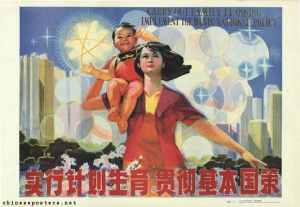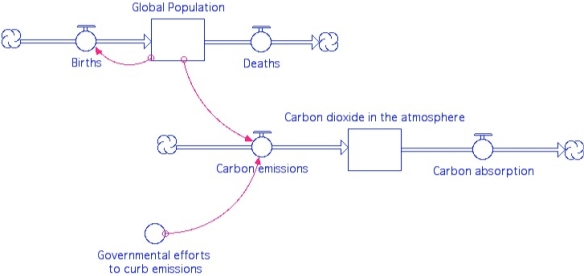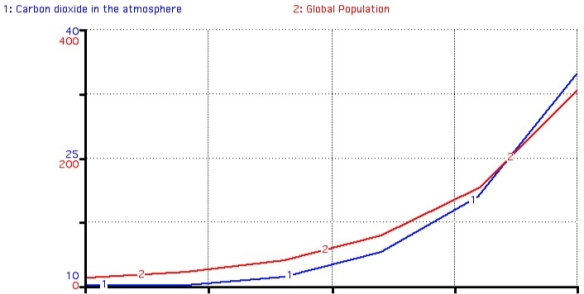The decision by the Chinese government to abandon the one child policy throws into sharp focus one of the crucial drivers of global warming and climate change: population growth.
There is much debate about the effectiveness of the policy and it certainly had severe implications for the human rights of the Chinese population. But this change also has huge implications for population growth and climate change.
In all the discussions of climate change, the focus is on finding ways to stop industries polluting the environment. No one stops to ask why they pollute the environment. They are meeting a demand for goods and services that returns profits and this demand will continue to grow as the global population grows and the affluence of the middle classes increases.
Carbon emissions from coal-fired electricity generators are only a symptom of the problem which is humanity’s growing demand for electricity. This demand is directly related to a population that continues to grow exponentially.
Unless we can control the population of the planet, no amount of restriction on carbon emissions is going to have much impact on global warming or climate change.
The basic model that I have always used for population growth is a simple stock/flow model:
The two flows are like a tap and a plug hole in the bath tub. The square box in the middle is the bath tub where water, or in this case carbon dioxide, builds up. If emissions are greater than the absorption, then the amount of carbon in the atmosphere increases. And this will be the case until emission reductions go well beyond 40%.
To reduce the amount of carbon in the atmosphere, absorption needs to be greater than emissions. I have set out the dynamics of this in two posts:
Dummies’ Guide to Climate Change (ii): Deforestation and the Carbon Sink
These posts discuss the dynamics of climate change but have not included a discussion of population growth. In fact the fundamental dynamic driving climate change if this diagram.
Carbon emissions up are driven by global population and down by government efforts. The problem is that global population will dwarf the puny efforts of governments.This problem is likely to be exacerbated by the fact that China has abandoned its one child policy. Because no one is certain how effective the policy was in restricting population growth it is impossible to predict the impact of the abolition of the policy beyond the fact that it will almost certainly lead to a much greater rate of population growth.
So this is what the problem looks like:
Despite even the best efforts of governments, population growth will still be the major driver of climate change and unless we can do about this problem, the outlook is very bad indeed.



